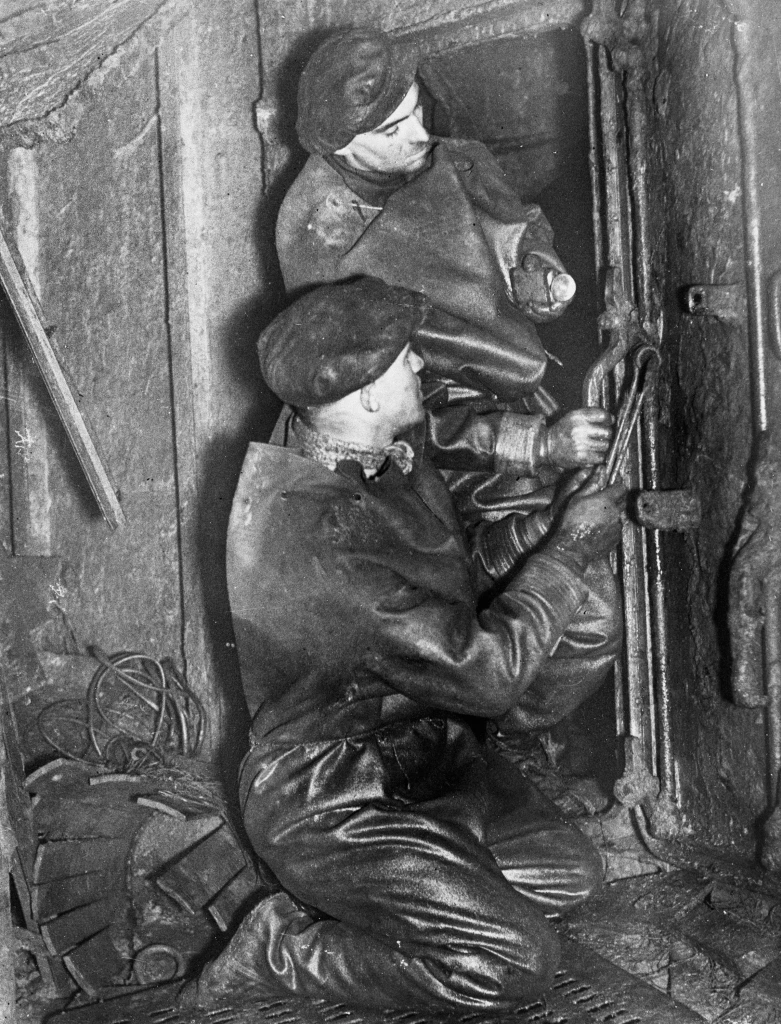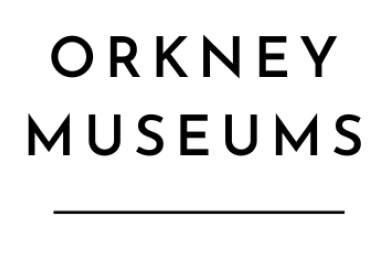The Scuttling of the German Fleet: 2019 Summer Exhibition at the Orkney Museum. Panel 6. Salvage





Salvage
Some of the German ships were beached and later refloated and towed away by the Royal Navy. Ironically, von Reuter’s flagship, the light cruiser SMS Emden was among those that did not sink that day. A British patrol boat had been lying alongside it at the time of the scuttling, and they were late in starting. In total, there were 19 torpedo boat/destroyers, three light cruisers and only one of the large capital ships – the battleship SMS Baden. Despite being a new ship, it was used as a target by the Royal Navy and sunk off Cornwall. There was one more destroyer captured. The B98 was the mail ship from Germany that arrived in Scapa Flow on the 22 June, the day after the scuttling. It was seized by the Royal Navy. During the attempt by the Royal Navy to tow seven German destroyers to Rosyth, a storm blew up, the destroyers broke their tow lines and most sank. One was towed back to Scapa Flow, but sank before arriving. The hapless B98 broke its tow line and drifted north, beaching at Lopness Bay in Sanday, where it was stripped of its valuable metals. The remains of its turbine engines can still be seen at low tide.



The Admiralty adopted a hard line when it came to deciding what should be done with the sunken ships. “There can be no question of salving the ships. And, as they offer no hindrance to navigation, they need not be blown up. Where they were sunk, there they will rest and rust.” But the sunken ships did form a hazard to shipping. The battle-cruiser SMS Moltke lay on its side, just under the surface at high tide, while the battle-cruiser SMS Seydlitz rose from the sea like a new island.




Eventually, small salvage teams would start to buy destroyers and raise them to be beached and broken up. In 1924, the scrap company Cox & Danks began to salvage not only the destroyers but the big ships, too. This was done by fitting air-locks onto the submerged hulls and filling the ship with compressed air. Teams of workers would then enter the hull and patch holes. They would divide the inside into air-tight compartments, ready to be filled with more air, which would float the ship up to the surface. The hull was cleared of obstructions by divers and then towed to the breakers yard at Rosyth. Ernest Cox, the engineering pioneer who solved the problem of raising huge, upside-down ships in deep water, bowed out in 1933 after making a loss with the salvaging. He sold his interests in Scapa Flow to Metal Industries Ltd, who continued to raise the big ships until World War II broke out in 1939. The remaining three battleships and four light cruisers were sold to small salvage businesses, who broke up the wrecks with explosives and lifted the scrap with floating cranes.











Diving
The remaining wrecks are now recognised as an international destination for recreational diving and have developed into important marine habitats. Stromness Museum whose own 2019 summer exhibition focuses on the salvage and marine ecology aspects of the ships had an exhibition of German wreck material in 1974, collected during salvage work from as early as the 1920s. The exhibition went on to form a permanent display in the museum, which inspired a visiting journalist, Dan van der Vat, to write the book ‘The Grand Scuttle’ in 1982. This brought the story of the scuttling and the remaining wrecks to a larger audience for the first time. In 2001, the remaining seven wrecks were awarded ‘ancient monument’ status, giving them the same legal protection as Skara Brae or St Magnus Cathedral.
Much material has been stripped illegally by divers over the years and whilst attitudes have changed, heavy fines and protected status have not entirely stopped such thefts. The wrecks are now regarded as structures of significant cultural and heritage importance. While this has protected them from further salvage work, and has curtailed thefts, protected status cannot stop the elements and time from slowly destroying them.







To make a donation to any of the museums please follow the link and support us. Thank you.
